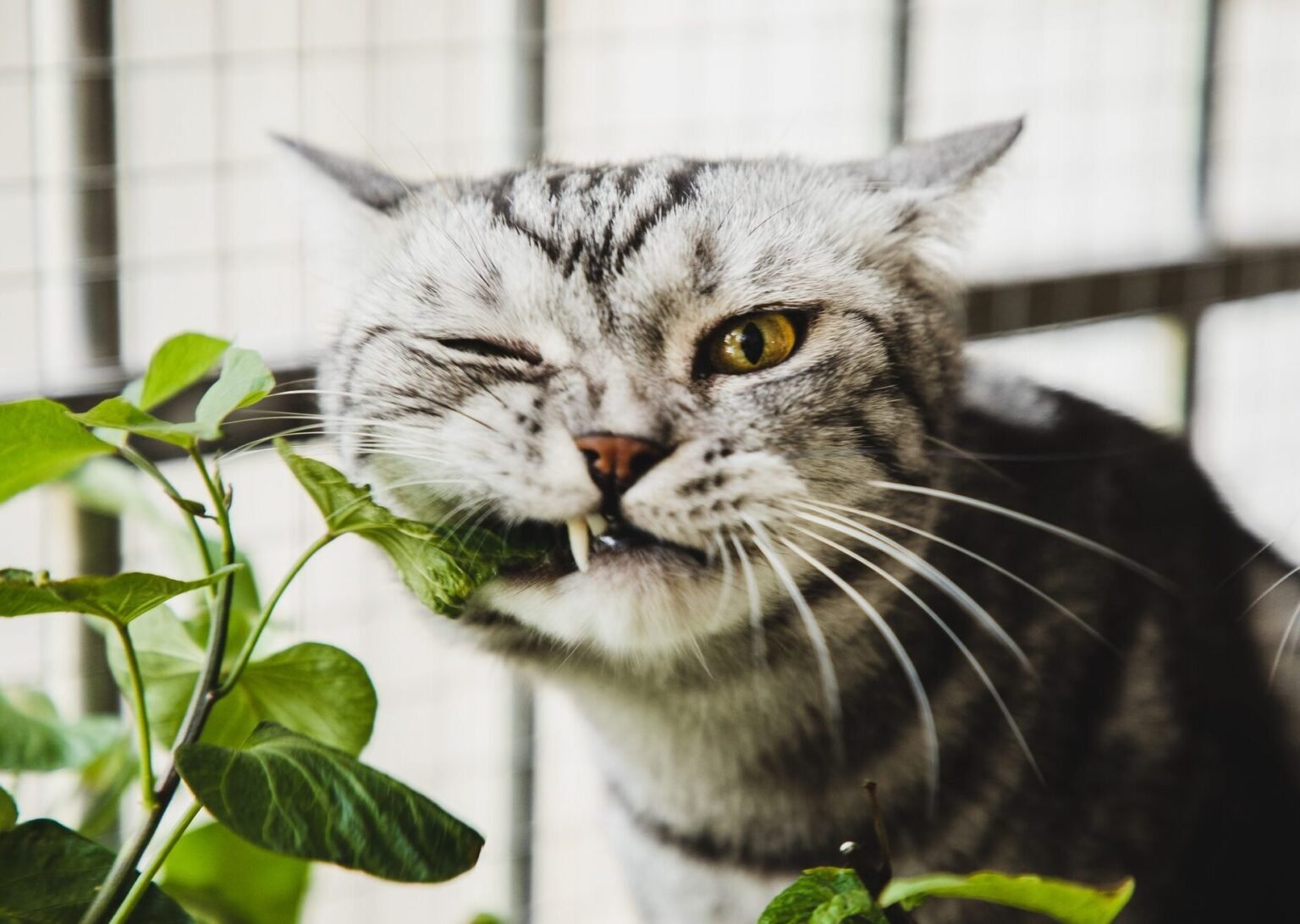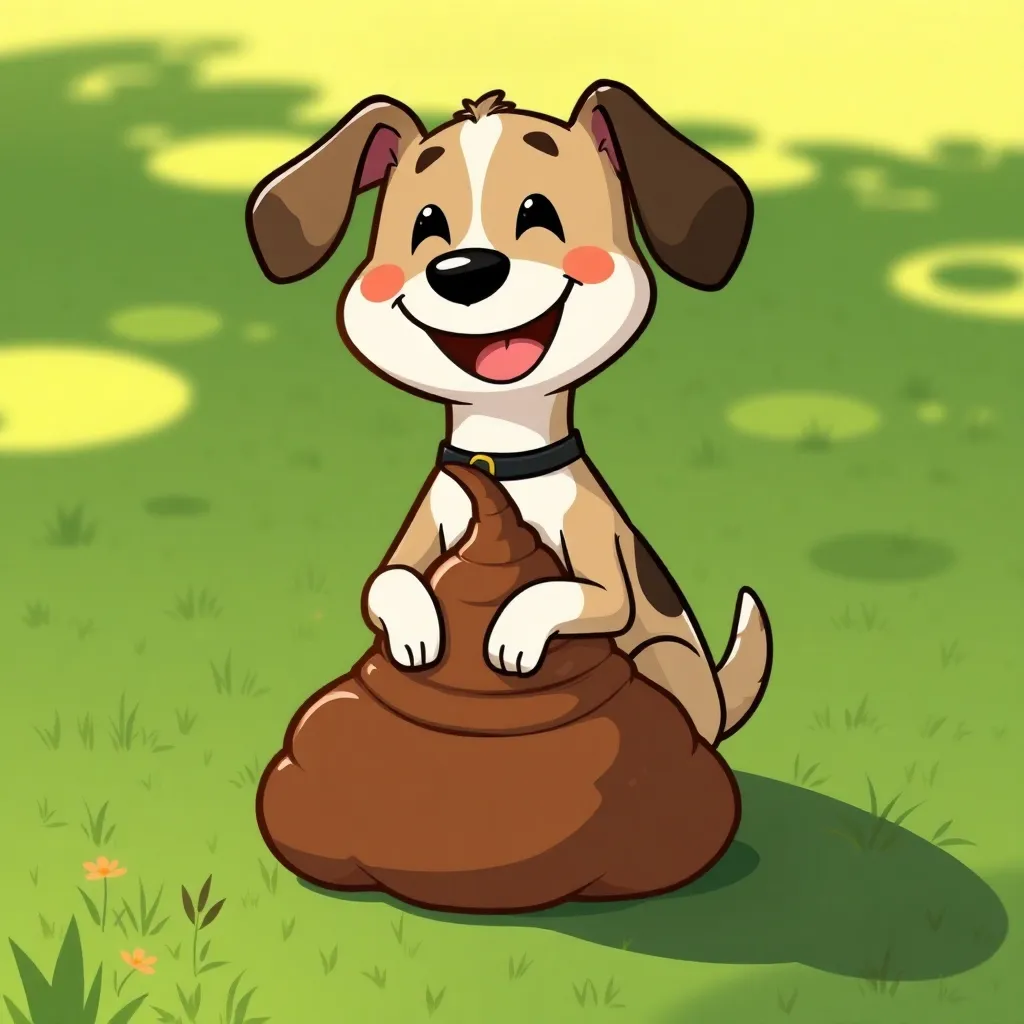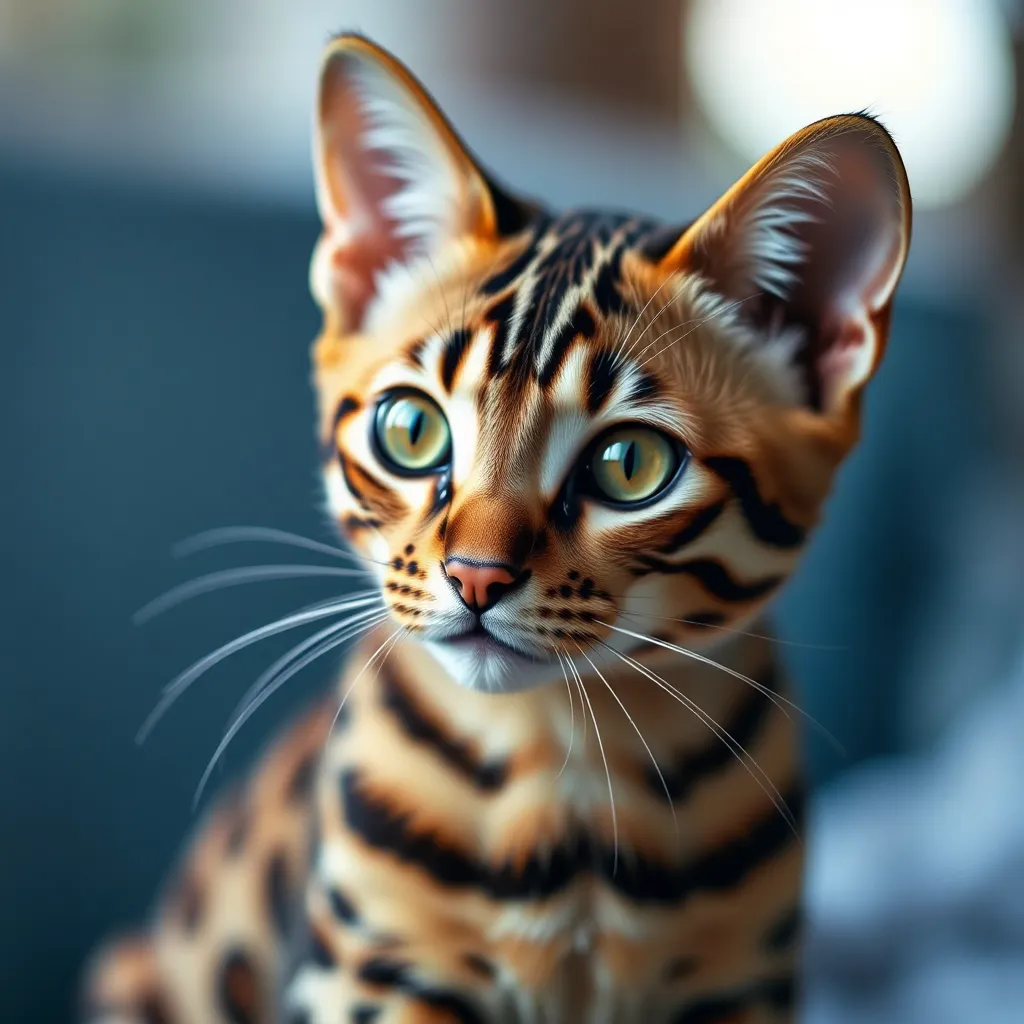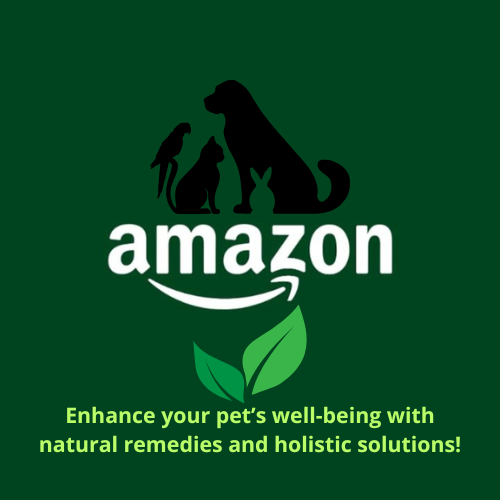As much as we love filling our homes with lush greenery, it’s important to remember that not all plants are safe for our pets. Many popular houseplants can be toxic to dogs and cats, leading to symptoms ranging from mild irritation to severe health complications. In this post, we highlight several toxic plants for pets, offer practical advice on keeping your furry friends safe, and provide a guide on what to do in case of poisoning.
Common Houseplants That Are Dangerous for Pets
- Lilies (Lilium species)
- Toxic to: Cats (highly toxic), mildly toxic to dogs.
- Effects: Severe kidney failure in cats if ingested.
- Aloe Vera
- Toxic to: Dogs and cats.
- Effects: Vomiting, diarrhea, and lethargy.
- Philodendrons
- Toxic to: Dogs and cats.
- Effects: Oral irritation, drooling, and vomiting.
- Snake Plant (Sansevieria)
- Toxic to: Dogs and cats.
- Effects: Nausea, vomiting, and diarrhea.
- Sago Palm
- Toxic to: Dogs and cats.
- Effects: Severe liver damage, vomiting, and seizures (potentially fatal).
- Dieffenbachia (Dumb Cane)
- Toxic to: Dogs and cats.
- Effects: Oral irritation, difficulty swallowing, and vomiting.
- Pothos (Epipremnum aureum)
- Toxic to: Dogs and cats.
- Effects: Drooling, oral irritation, and difficulty swallowing.
- Foxglove (Digitalis)
- Toxic to: Dogs and cats.
- Effects: Irregular heartbeat and cardiac failure.
- Azaleas (Rhododendron)
- Toxic to: Dogs and cats.
- Effects: Vomiting, diarrhea, and, in severe cases, cardiac issues.
- Peace Lily (Spathiphyllum)
- Toxic to: Dogs and cats.
- Effects: Drooling, oral pain, and difficulty swallowing.
Tips to Protect Pets from Toxic Plants
- Choose Pet-Safe Plants: Opt for non-toxic alternatives like spider plants, Boston ferns, or areca palms.
- Elevate or Barrier Plants: Keep potentially harmful plants out of reach or in areas your pets can’t access.
- Train Your Pets: Use positive reinforcement to discourage chewing or digging into plants.
- Supervise Outdoor Time: Watch for toxic plants in gardens, parks, or neighbors’ yards.
How to Create a Pet-Safe Indoor Garden
While avoiding toxic plants is crucial, why not replace them with pet-friendly alternatives? Here’s how to create a safe, enjoyable green space for your furry friends:
- Choose Non-Toxic Plants:
- Spider Plant: Air-purifying and completely safe for pets.
- Parlor Palm: Adds a tropical feel without the risk.
- Areca Palm: Non-toxic and easy to maintain.
- Calathea: Known for its striking patterns and safety around pets.
- Add Pet Grass: Cat grass (wheatgrass) is a favorite for cats and is also safe for dogs. It can keep pets away from other plants.
- Use Raised Planters or Hanging Baskets: These keep plants out of reach while still adding greenery to your home.
- Incorporate a Small Herb Garden: Herbs like basil, parsley, and thyme are safe for pets and add to your cooking!
Natural Deterrents to Keep Pets Away from Plants
Even with safe plants, it’s helpful to discourage pets from chewing or digging in them:
- Use Citrus Peels: The smell of citrus can deter pets without harming them.
- Bitter Spray: Available in pet stores, this can make plants unappealing to chew.
- Provide Alternatives: Give your pets appropriate chew toys or scratching posts to keep them occupied.
Myths About Toxic Plants for Pets
There’s a lot of misinformation about which plants are truly dangerous. Here’s the truth about common myths:
- Myth: “All lilies are fatal to pets.”
- Fact: While most lilies are toxic, certain types (like Peace Lilies) may only cause mild symptoms. However, always err on the side of caution.
- Myth: “Pets instinctively avoid toxic plants.”
- Fact: Pets can be curious and chew plants out of boredom or play, so it’s best not to rely on instinct.
Emergency First Aid Kit for Pets
Every pet parent should have an emergency kit on hand. Include these items:
- Activated charcoal (use only as directed by a vet).
- A bottle of hydrogen peroxide (for inducing vomiting if instructed by a vet).
- Phone numbers for your vet and a pet poison helpline.
- Benadryl (for allergic reactions, dosage advised by a vet).
Educational Infographic for Easy Reference
Consider adding a downloadable infographic listing:
- Toxic plants.
- Safe plant alternatives.
- Steps to take in case of poisoning.
This visual aid would enhance user engagement and provide a quick reference tool.
Here are some products that can assist pets who have ingested toxic plants. These items should only be used after consulting a veterinarian or poison control expert:
1. Activated Charcoal
- Purpose: Binds toxins in the stomach, preventing absorption into the bloodstream.
- Usage: Administer only under veterinary guidance.
- Examples:
- ToxiBan Activated Charcoal Suspension.
- VetDtox Activated Charcoal for Pets.
2. Hydrogen Peroxide (3%)
- Purpose: Used to induce vomiting in dogs if ingestion was recent. Not recommended for cats.
- Usage: Dosage should always be advised by a vet.
- Examples:
- Vets Preferred 3% Hydrogen Peroxide Solution.
3. Gastrointestinal Protectants
- Purpose: Soothe irritation caused by plant ingestion.
- Examples:
- Sucralfate: Forms a protective barrier in the stomach lining.
- Famotidine (Pepcid): Reduces stomach acid and irritation (dosage determined by a vet).
4. Electrolyte Solutions
- Purpose: Replenishes fluids lost due to vomiting or diarrhea.
- Examples:
- Pedialyte (unflavored, diluted with water).
- Pet-specific rehydration solutions like Rebound Recuperation Formula.
5. Anti-Nausea Medications
- Purpose: Helps control vomiting caused by toxin ingestion.
- Examples:
- Cerenia (Maropitant): A vet-prescribed anti-nausea medication for dogs and cats.
6. Adsorbent Powders
- Purpose: Absorb toxins in the digestive tract.
- Examples:
- Kaolin-pectin solutions (available in pet-safe formulations).
7. Milk Thistle (Silymarin)
- Purpose: Protects and repairs the liver after toxin exposure.
- Examples:
- Denamarin Advanced Liver Support Tablets.
8. Oxygen Therapy Products
- Purpose: Support pets with respiratory distress caused by toxic plant exposure.
- Examples:
- Pet oxygen masks (available from specialized retailers or vet offices).
9. Eye and Skin Irrigation Solutions
- Purpose: Flush out irritants from contact with toxic plant sap.
- Examples:
- Sterile saline solution.
- Vetericyn Plus All Animal Eye Wash.
What to Do if Your Pet Is Poisoned
Signs of Plant Toxicity:
- Drooling or foaming at the mouth.
- Vomiting or diarrhea.
- Lethargy or unsteady movement.
- Difficulty breathing or seizures.
Steps for Cats and Dogs
- Remove Access: Immediately remove the plant and any pieces from your pet’s mouth.
- Identify the Plant: Knowing the plant species can help the vet act faster.
- Call Your Vet or Poison Control: Contact your veterinarian or the ASPCA Animal Poison Control Center (1-888-426-4435 in the U.S.).
- Do Not Induce Vomiting: Unless instructed by a professional, avoid trying to make your pet vomit.
- Provide Fresh Water: Offer clean water to help flush toxins from their system.
FAQs
1. “What are safe plants I can keep around pets?”
- Spider plants, Boston ferns, and parlor palms are great pet-friendly choices.
2. “What should I do if I suspect my pet ate a toxic plant but seems fine?”
- Contact your vet as symptoms may not appear immediately. Early intervention is key.
3. “How can I discourage my pet from chewing on plants?”
- Use bitter sprays on plant leaves or train your pet with positive reinforcement techniques.
Final Thoughts
Creating a pet-safe environment is essential for your furry companions’ health. By carefully selecting plants and understanding the risks, you can enjoy a green, vibrant home without worry. For more tips and resources, visit Animal Herbal Care. Protect your pets and share this guide with fellow pet parents!
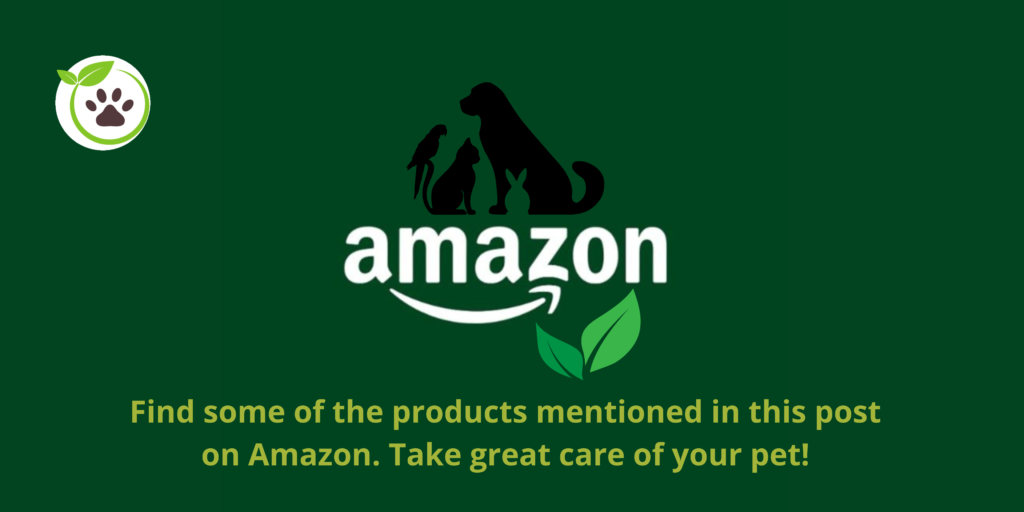
Share this content:

